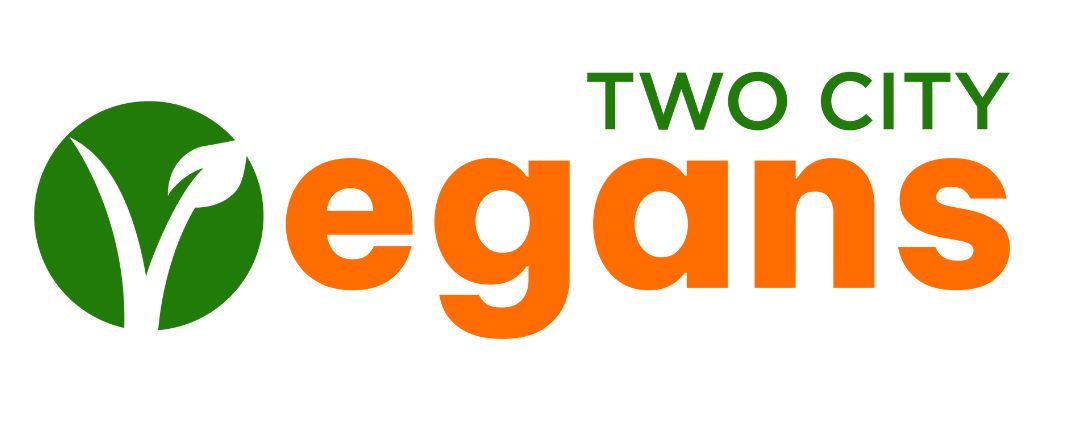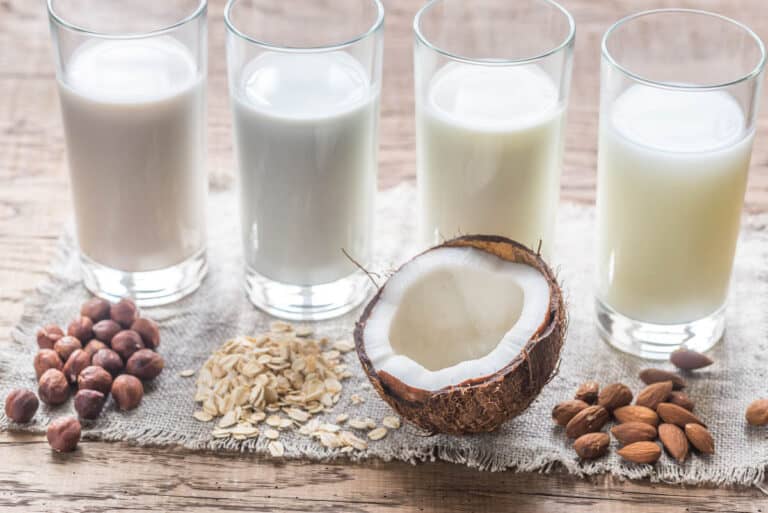Vegan 101: Comprehensive Guide to a Plant-Based Lifestyle
Over the past few decades, more and more people have been drawn to the idea of embracing veganism as a meaningful lifestyle. It’s become a viable choice for those looking to live in a way that aligns with ethical, sustainable, and health-focused values.
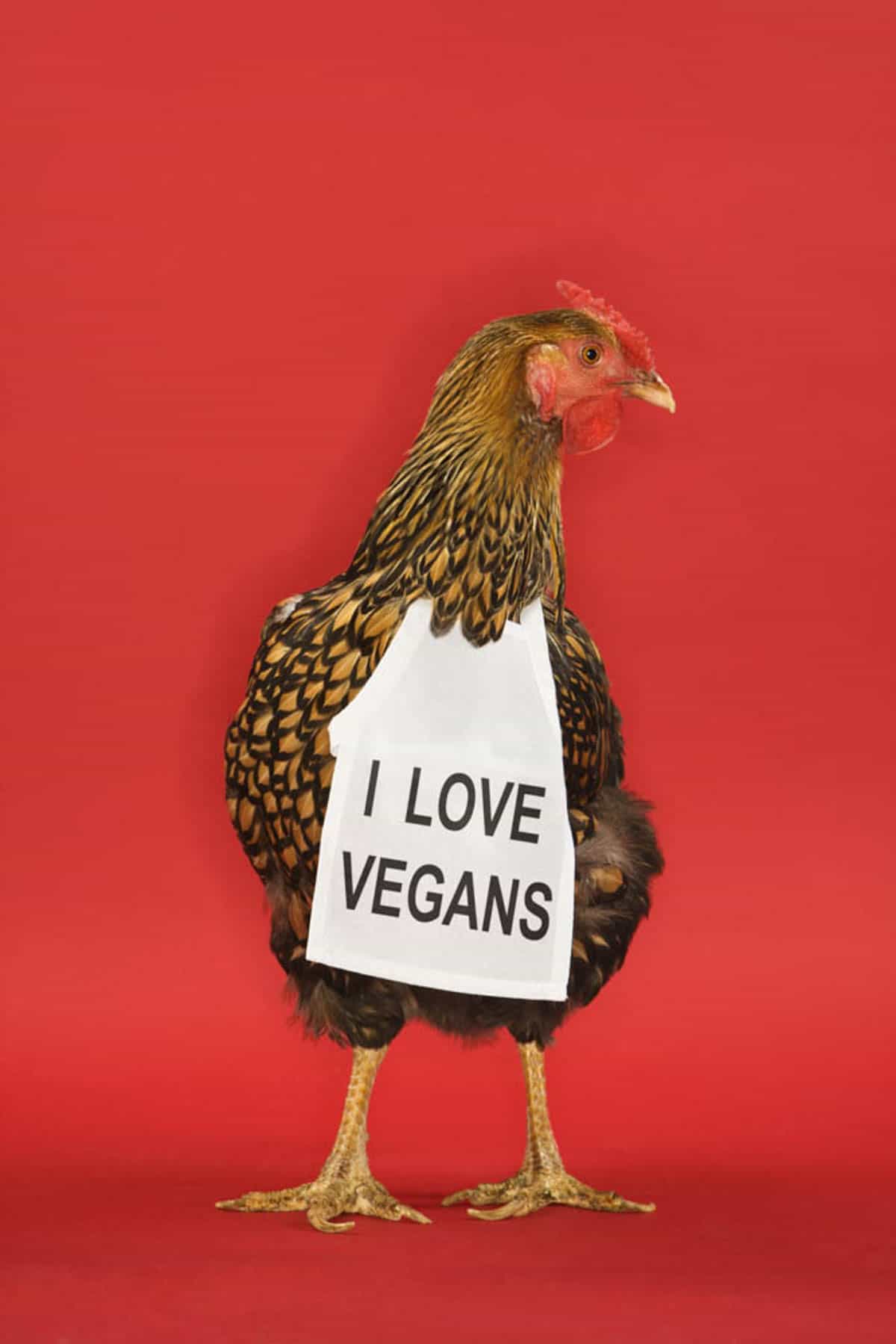
Whether you’re considering adopting a vegan diet or simply intrigued by the basics, this guide aims to give you a well-rounded grasp of veganism. It’ll clear up any common misconceptions and provide practical advice on making the transition, tackling grocery shopping, and becoming a pro at preparing delicious vegan meals.
Understanding Veganism
What is a vegan lifestyle? Vegans exclude the use of any animal products and by-products for ethical, environmental, and health reasons. If you’re thinking about embracing this change, it’s important to understand the key principles behind veganism. Here are some fundamental aspects to consider:
Ethical Concerns
One of the primary motivations for adopting a vegan lifestyle is a commitment to animal welfare. Vegans avoid consuming animal products to protest against the ethical issues associated with factory farming, animal cruelty, and exploitation.
Environmental Impact
Beyond the ethical considerations, veganism also addresses environmental concerns. Animal agriculture is a leading contributor to deforestation, greenhouse gas emissions, and water pollution. Choosing a plant-based diet is a proactive step toward reducing your ecological footprint.
Health Benefits
Contrary to common misconceptions, a well-balanced vegan diet can provide all the nutrients for optimal health. Plant-based diets have been linked to lower rates of heart disease, diabetes, and certain cancers. Proper planning is essential to ensure sufficient intake of nutrients like Vitamin B12, iron, and omega-3 fatty acids.
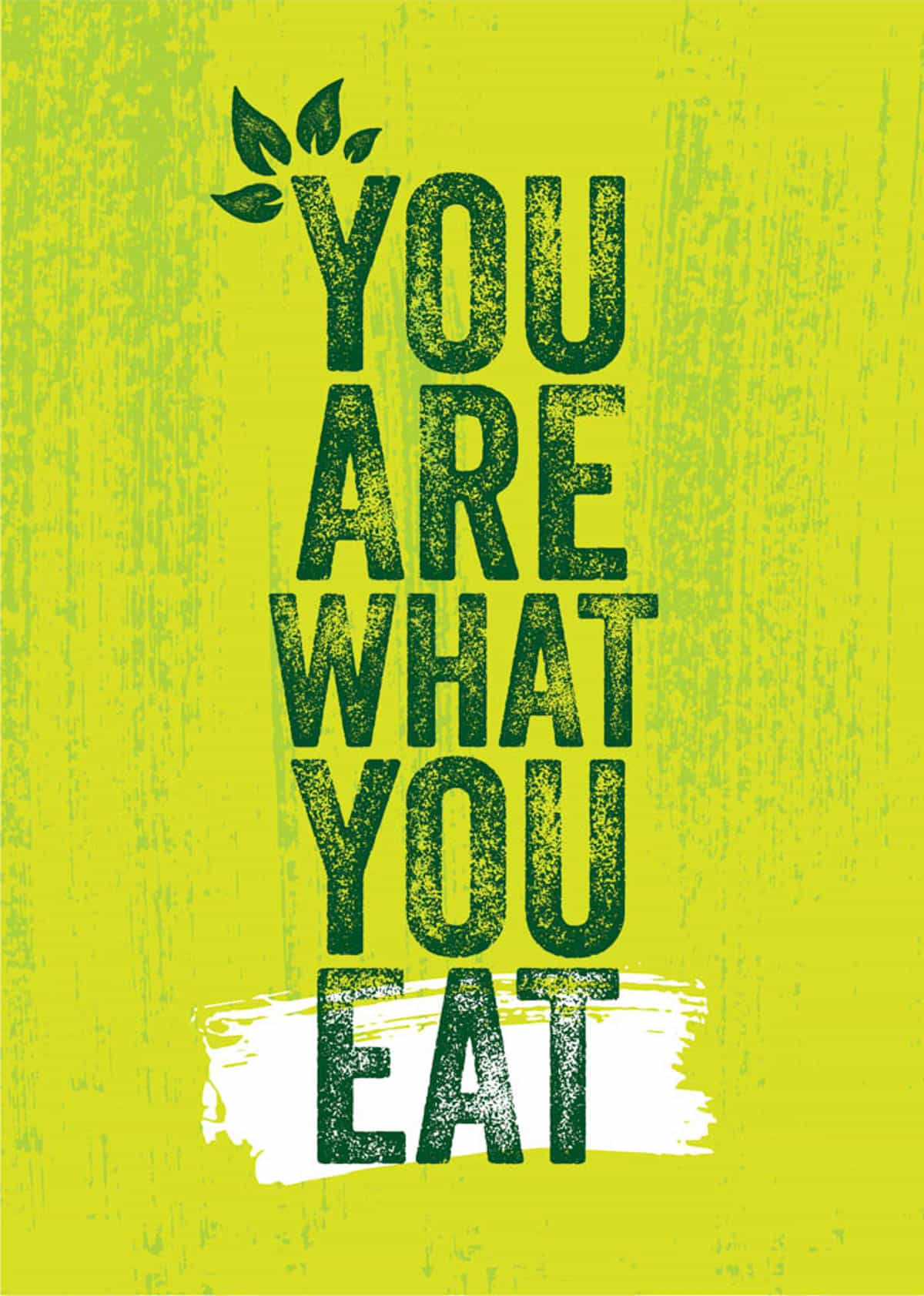
Vegan Food List
To make sure you’re getting enough of your nutritional needs, make sure to add plant sources of those nutrients to your diet. To do this, check out our vegan nutrition guide:
Protein Sources
Explore plant-based protein sources such as legumes, tofu, tempeh, and seitan. Combining different protein sources throughout the day ensures a well-rounded amino acid profile.
Vitamins and Minerals
Pay attention to nutrients like Vitamin B12, iron, calcium, and omega-3 fatty acids. Since you can’t get Vitamin B-12 from plant sources, consider eating fortified foods and taking supplements as needed to meet nutritional requirements.
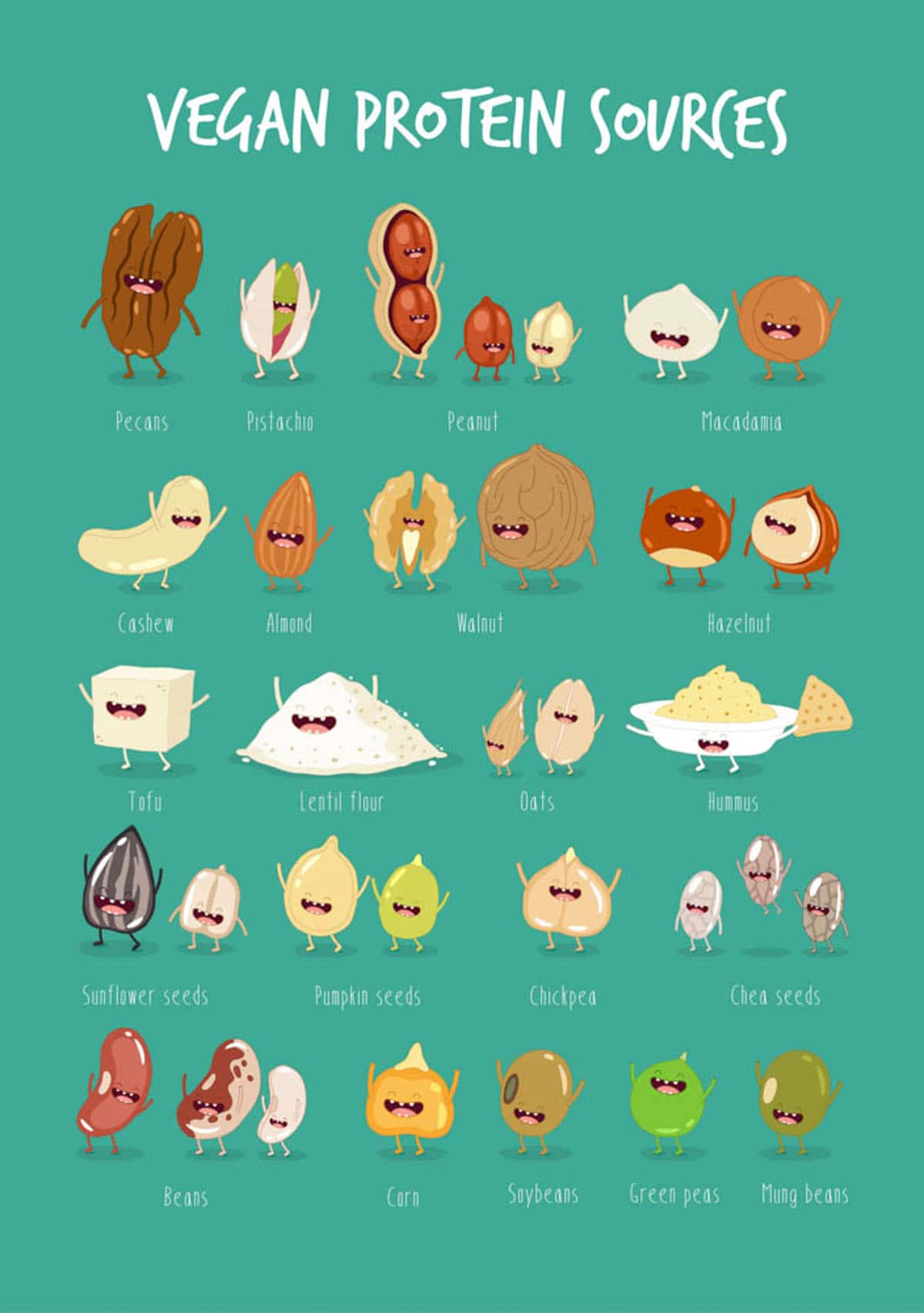
Whole Foods Emphasis
Prioritize whole foods like fruits, vegetables, whole grains, and nuts to ensure a balanced and nutrient-dense diet.
Common Misconceptions About Veganism
Before we get into the practical aspects of adopting a vegan lifestyle, let’s take a moment to tackle some common misconceptions that may discourage people from exploring this path.
Lack of Protein
One of the most common myths is that it’s difficult to get enough protein from a plant-based diet. The truth is, there are plenty of protein-rich sources like beans, lentils, tofu, tempeh, and quinoa.
Nutrient Deficiencies
People often worry about not getting enough essential nutrients like Vitamin B12, iron, and omega-3 fatty acids on a vegan diet. The good news is that even though these nutrients are mainly present in animal products, vegans can still get them by eating fortified foods or taking supplements.
Limited Food Options
Some people might think going vegan limits your food choices. But, in reality, there’s actually a wide variety of not only fruits, vegetables, grains, nuts, seeds, but also plant-based alternatives, like vegan bacon bits, vegan sausages, and vegan deli meat available nowadays.
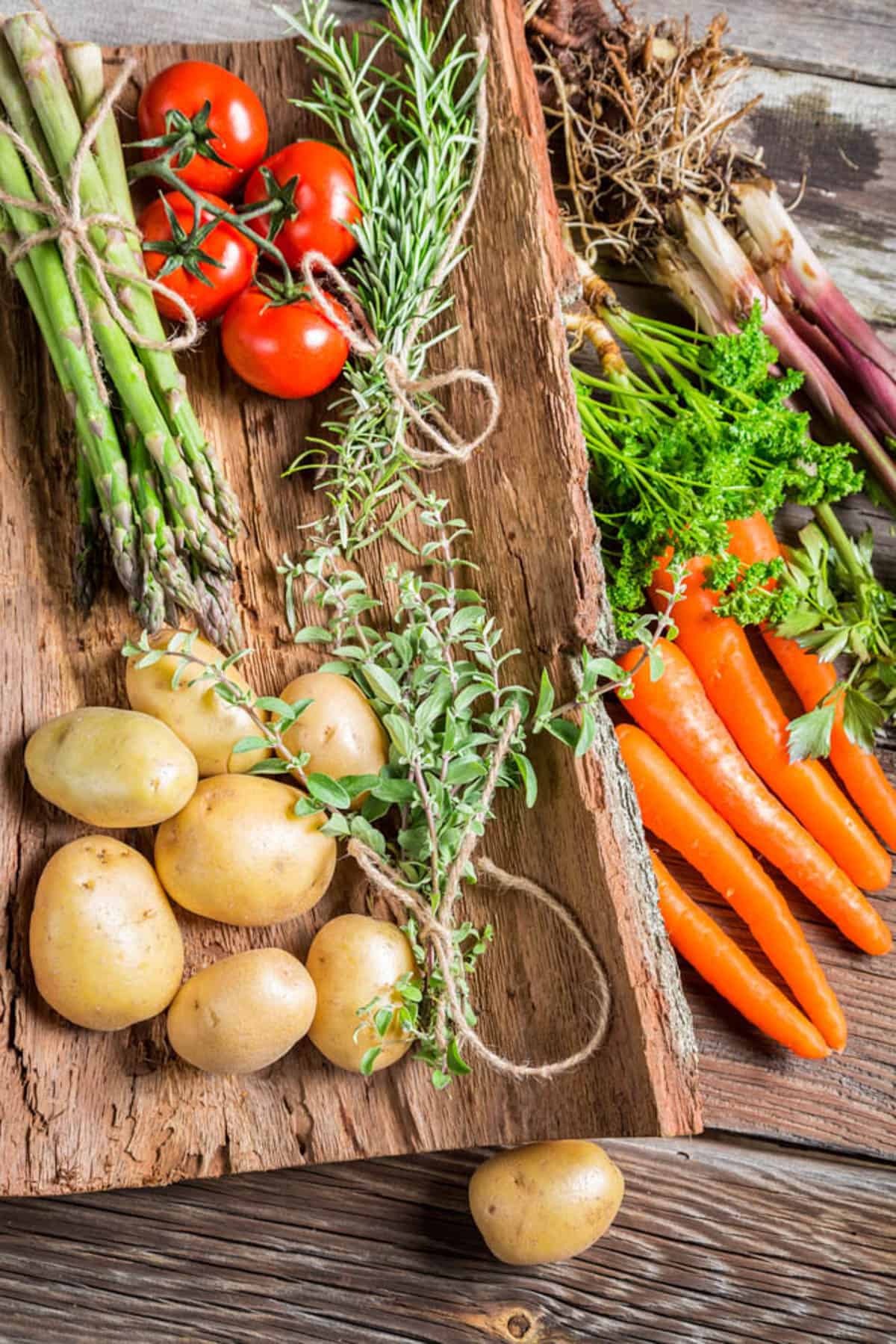
Getting Started with a Vegan Diet
But going vegan is more than just cutting animal products from your meals. It needs thoughtful planning and a gradual transition to ensure a smooth adjustment. Here’s a short guide to help you get started:
Educate Yourself
Learn about plant-based nutrition, explore vegan recipes, and familiarize yourself with alternative ingredients. Understanding nutritional needs and meal planning is essential for a balanced vegan diet.
Gradual Transition
Consider a gradual transition rather than an abrupt shift. Start by incorporating more plant-based meals into your diet and gradually reduce your consumption of animal products. This approach makes the adjustment more sustainable and enjoyable.
Explore Plant-Based Alternatives
The market is now flooded with vegan alternatives to traditional animal products. Try out different plant-based milk, cheese, and meat substitutes to find the ones that suit your taste preferences.

Tips for Vegan Grocery Shopping
As a vegan, you need a strategic approach to navigate the aisles of a grocery store. Being mindful of product labels and knowing where to buy vegan groceries will make the experience much smoother. Consider the following tips:
Read Labels
Familiarize yourself with common animal-derived ingredients and learn how to read food labels. Keep an eye out for ingredients like gelatin, whey, and casein, as they come from animal sources.
Focus on Whole Foods
Typically, you’ll find fresh produce, grains, legumes, and other whole foods around the edges of the grocery store. Planning your meals based on these items helps you maintain a diverse, nutritious diet.
Experiment with New Ingredients
Explore the world of plant-based cooking by trying out new ingredients like nutritional yeast, tempeh, and a variety of grains. This not only adds variety to your meals but also widens your nutritional intake.
Vegan Meal Planning for Beginners
Effective meal planning is crucial for a successful transition to a vegan lifestyle. Here’s how to become vegan for beginners:
Explore Recipes
Start by exploring simple and delicious vegan recipes. Look for inspiration in cookbooks, online platforms, and vegan communities.
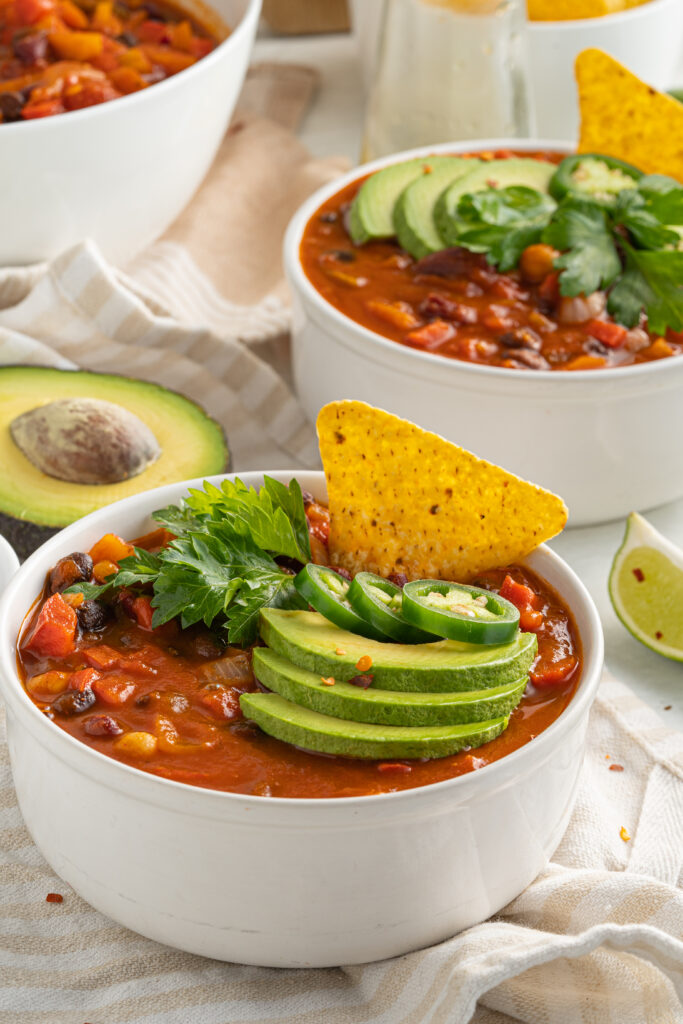
Plan Weekly Meals
Plan your meals for the week, incorporating a variety of flavors and ingredients. This helps streamline grocery shopping and ensures a well-balanced diet.
Batch Cooking
Consider batch cooking on weekends to prepare staples like grains, beans, and sauces. This saves time during busy weekdays and encourages consistent adherence to a vegan diet.
Try these batch-cooking recipes:
- Mixed Bean Chili – Easy Vegan Bean Chili Recipe
- Vegan Chickpea and Sweet Potato Stew
- Vegan Chickpea Burger Recipe (Gluten-Free)
Veganizing Your Favorite Recipes
Transitioning to a vegan lifestyle doesn’t mean giving up your favorite dishes. Learn how to veganize your go-to recipes, like vegan spam:
Ingredient Substitutions
Experiment with plant-based substitutes for dairy, eggs, and meat in your favorite recipes. For example, use almond milk instead of cow’s milk and tofu or tempeh instead of meat.
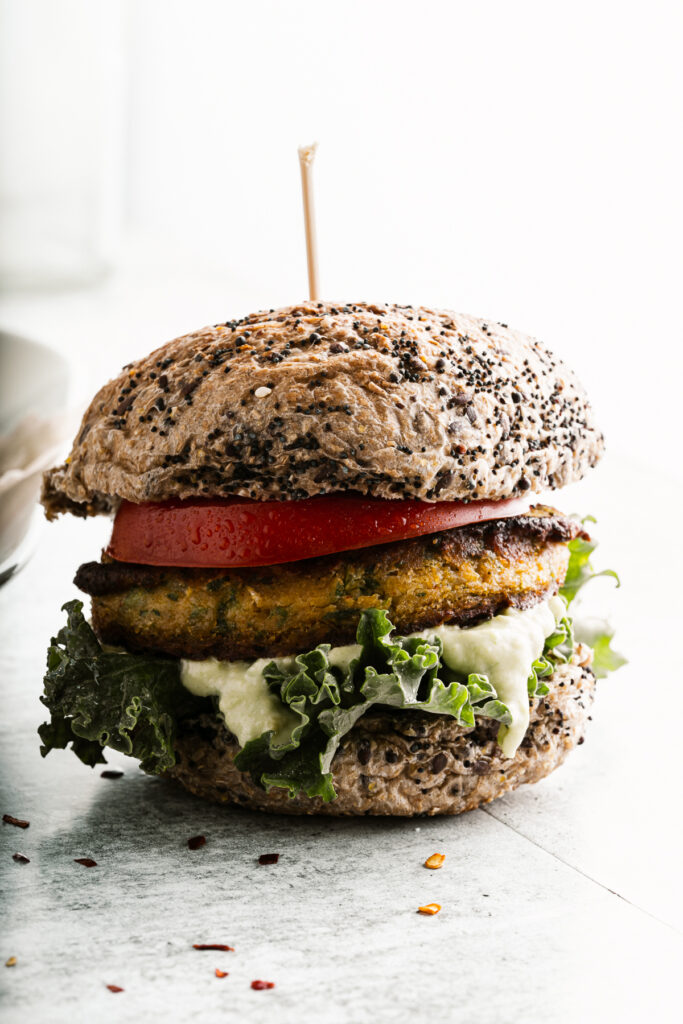
Flavor Enhancers
Elevate the flavors of your dishes with herbs, spices, and condiments. Get creative with seasoning to replicate the tastes you love in traditional recipes.
Online Resources
Explore online platforms and vegan cookbooks for guidance on veganizing specific recipes. Many seasoned vegans share tips and tricks for transforming classic dishes into plant-based delights.
Transitioning to Veganism: From Vegetarian and Omnivore
Switching to a vegan lifestyle is a personal journey influenced by your preferences and dietary history. Whether you’re transitioning from a vegetarian diet or moving away from an omnivorous one, here are some easy vegan transition tips.
From Vegetarian
If you’re already a vegetarian, try gradually cutting out dairy and eggs from your diet. Discover different plant-based protein sources and experiment with a variety of fruits and vegetables to add more diversity to your meals.
From Omnivore
For those coming from an omnivorous diet, consider a gradual reduction of meat intake. Begin by adding more plant-based meals, trying out meat alternatives, and slowly transitioning away from animal products.

Overcoming Challenges as a Vegan
While adopting a vegan lifestyle can be rewarding, it may come with challenges. Here’s how to overcome common obstacles:
Social Situations
Smoothly handle social gatherings by letting others know about your dietary preferences ahead of time. You can suggest bringing a delicious vegan dish to share, making sure there’s a choice that suits your eating habits.
Nutrient Concerns
Address nutrient concerns by being mindful of your diet and incorporating fortified foods or supplements as needed. Regular check-ups with a healthcare professional can help monitor your nutritional status.
Coping with Cravings
It’s completely normal to crave meat and dairy when transitioning to a vegan lifestyle. But, reminding yourself of the reasons why you decided not to eat animals can help you control your cravings. There are many plant-based alternatives and tasty vegan recipes out there that not only treat your taste buds but also align with your ethical and health goals.
Vegan Lifestyle Beyond the Plate
Embracing a vegan lifestyle goes beyond dietary choices. Consider these aspects for a holistic approach:
Cruelty-Free Products
Extend your commitment to veganism by choosing cruelty-free personal care products, cosmetics, and clothing. Many companies now offer vegan alternatives that align with ethical principles.

Environmental Consciousness
Reduce your ecological footprint by adopting sustainable practices. Choose eco-friendly products, minimize waste, and actively contribute to environmental initiatives.
Advocacy and Education
Engage in conversations about veganism, share your experiences, and educate others about the benefits of a plant-based lifestyle. But don’t force your opinions on others—instead, lead and inspire them by example. Being an advocate for positive change can inspire those around you to consider more sustainable choices.
Wrapping Up
Choosing a vegan lifestyle goes beyond changing what you eat—it’s a commitment to making ethical, environmentally friendly, and health-conscious decisions. Whether you’re motivated by ethical concerns, environmental sustainability, or personal well-being, the world of veganism welcomes you with a diverse palette of flavors and exciting possibilities.
